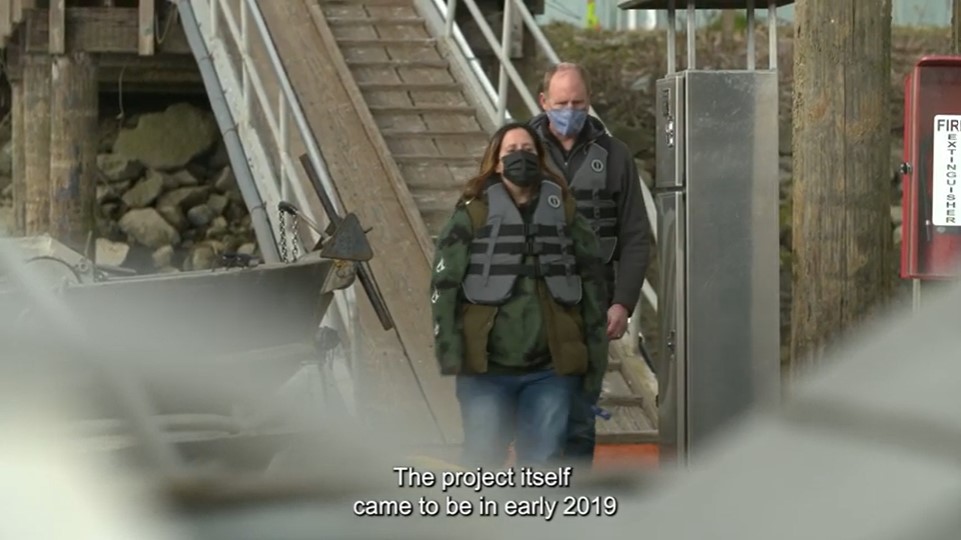Coastal Environmental Baseline Program projects in the Port of Vancouver, British Columbia
The Port of Vancouver is surrounded by the third largest metropolitan area in Canada. It is located within an ecologically rich region that is home to culturally iconic species such as the southern resident killer whale and white sturgeon. Activities within the port have the potential to affect the surrounding natural environment and human health through habitat loss, pollution, physical degradation, and introduction of invasive species.
| Description | Timeframe |
Port of Vancouver ecosystem characterizationFunding recipient: Tsleil-Waututh Nation Project summary: This project will contribute to characterizing the status of coastal ecosystem and environmental conditions in the Port of Vancouver area, which is within the traditional territory of the Tsleil-Waututh Nation, through 6 activities: beach seining for ocean-bound juvenile salmon in Burrard Inlet; intertidal clam surveys; nearshore habitat and species inventories at productive beaches, eelgrass meadows and kelp beds; surveys of coastal sedimentary habitats to identify status and trends; a study of the physical and biogeochemical oceanography of Burrard Inlet; and, an underwater noise study in Burrard Inlet. |
2018-2022 |
Fraser River Estuary Eulachon Migration StudyFunding recipient: Tsawwassen First Nation Project summary: This project will contribute to developing a better understanding of Eulachon migration in the Fraser River Estuary (Port of Vancouver area), which is within the territory of the Tsawwassen First Nation. The project will collect data by tracking Eulachon to determine the timing of Eulachon returns for different runs; identify and characterize spawning locations; and determine Eulachon residence time in the salt wedge zone and movement in the Fraser River Estuary. |
2019-2022 |
Seasonal seaweed diversity in the intertidal zones of Greater VancouverFunding recipient: Langara College Project summary: This project conducts baseline surveys of seaweeds to
Field surveys of seaweeds are conducted at different sites using visual transects (a sampling method to counts and records occurrences within a set boundary). Environmental DNA (eDNA) analysis is used to identify species not recognized in the field. The data collected is critical to understanding future shifts in the ecosystem community structure in the face of environmental change. |
2022-2023 |
- Date modified:


